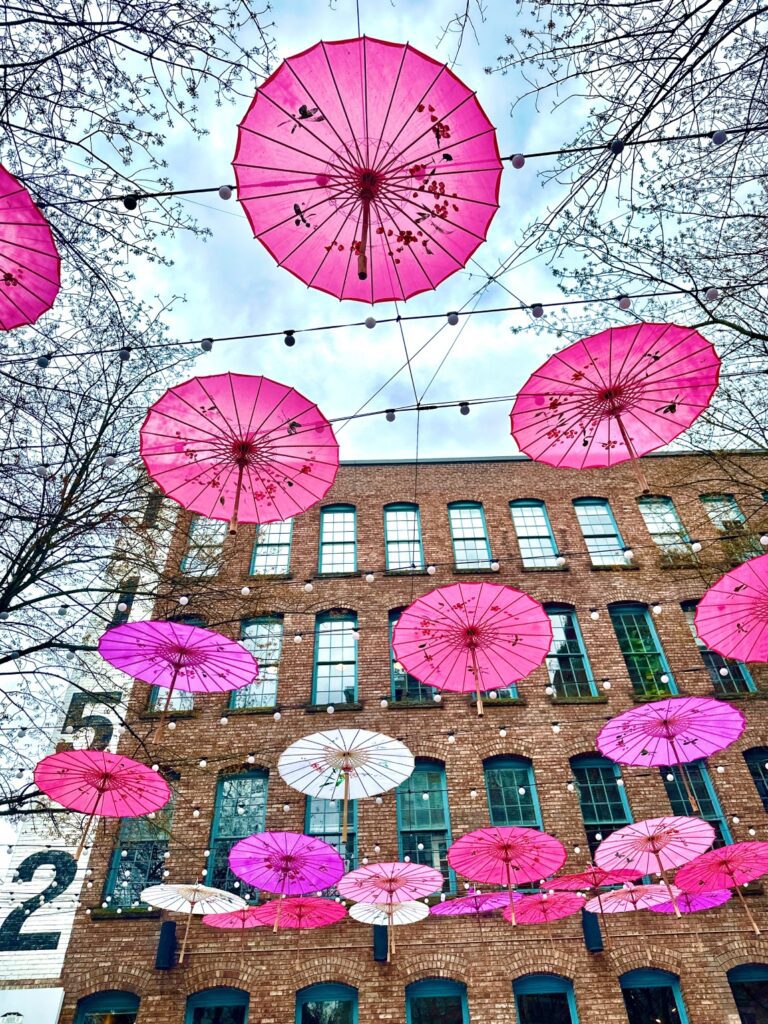How to Buy Environmentally-Friendly Clothing
Everyone wants to look good and wear great clothes, but knowing how to make green clothing choices can be tricky. Buying clothes from most big brand name shops means shipping them across the ocean and supporting environmentally- and socially-questionable manufacturing processes. Here are a few tips for buying eco-friendly clothes for the whole family.
Buy local
Local manufacturing is kinder to the earth by saving the fossil fuels and emissions produced by shipping garments internationally. Locally-produced clothes are also usually manufactured in more socially responsible conditions, which makes them an especially good choice.
Buy pre-loved
Let’s face it: kids grow fast. Babies especially seem to grow out of their clothes as soon as you blink. Buying a brand-new wardrobe in three or four different sizes for baby’s first year is not only expensive, it’s also unnecessary when so many good quality used baby clothes are available. Whether you accept a box of hand-me-downs from a friend or shop boutique consignment stores, used clothes are a budget- and environmentally-friendly choice.
Buy natural
Clothes are worn directly against the skin and the fibres in fabrics make a difference to how the clothes wear, breathe, wash and eventually biodegrade. Natural fibres, such as cotton, wool, linen, silk, hemp, bamboo and new high-tech soy, are all renewable resources and are healthier to wear against your body.
Buy organic
Cotton is a natural fibre that is comfortable and commonly used, but it is one of the most pesticide-intensive crops grown today. These pesticides are damaging to the environment and the workers who pick and process the cotton, so choosing organic cotton is a environmentally- and socially-responsible choice. Organic cotton is often more expensive and can be harder to find, but Mountain Equipment Co-op has a great line of affordable organic cotton clothes for kids and adults.
Buy quality, not quantity
Good quality clothes last longer and wear better. It’s a greener choice to have fewer high quality clothes that last several years rather than buying cheap clothes that wear out or go out of style after a few months. It can certainly be tempting to buy cheap clothes when they seem like such a deal, but you’ll save money and the environmental cost of producing and transporting those clothes by buying the best quality you can afford in classic, long-lasting styles.
Choosing clothing is a great way to make green lifestyle choices. Whether you start small by purchasing a 100 per cent wool sweater instead of a wool and acrylic blend, or go all out by swearing off chain stores and instead source your family’s clothes from shops selling only pre-loved, organic and locally-made garments, every little choice makes a difference. Even mending a toddler’s torn knee with a colourful patch is a green clothing choice. Extending the life of our clothes and choosing well-made clothes in natural, organic fibres reduces pollution and helps keep everyone healthy.
Michelle Carchrae is a freelance writer and homeschooling mom to two girls. With a serious love for Vancouver and an equally serious need to get out of the house with two young kids, Michelle searches out the best kid and parent friendly places to go. Michelle also writes about parenting at her blog, The Parent Vortex.
Photo courtesy of www.zooluorganics.com
Michelle Carchrae is often asking those important life questions: "who moved the scissors?", "how would you do that differently next time?" and "are you finished with the glitter glue?" Homeschooling two girls, ages 6 and 3, is her full time job. The rest of the time Michelle can be found blogging at The Parent Vortex, hiking in the forest or knitting and reading simultaneously. She recently published her first ebook, The Parenting Primer: A guide to positive parenting in the first six years, and moved to Bowen Island.



















